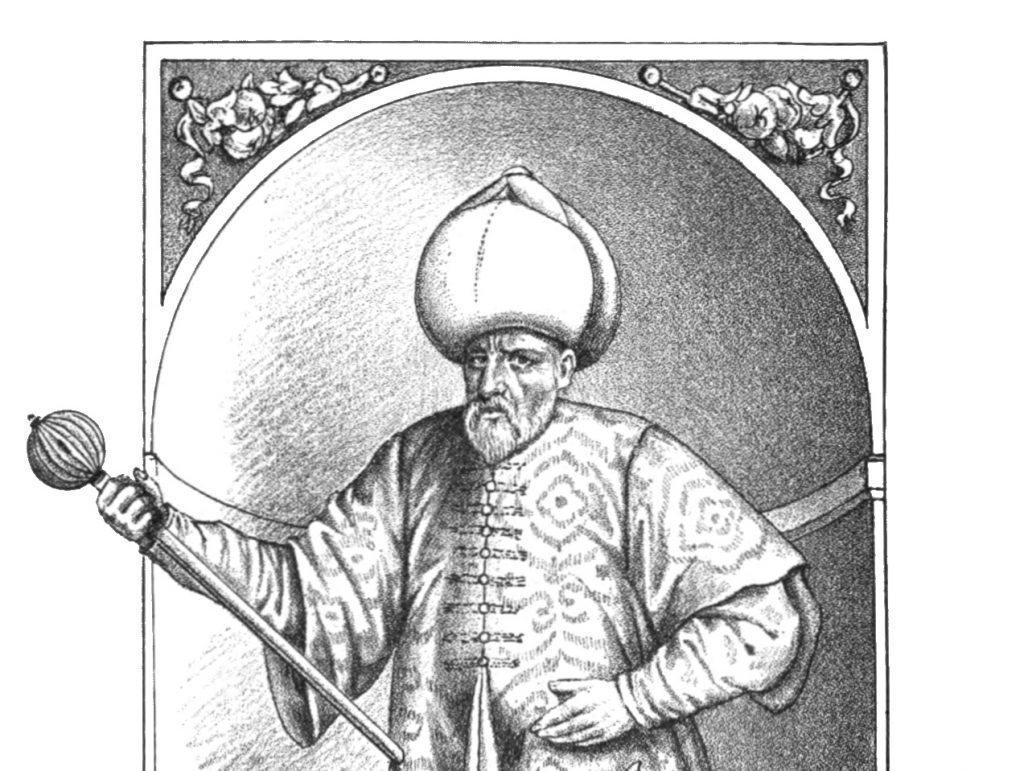…From Humble Beginnings to Ottoman Greatness…
Discover the fascinating life of Mehmed-paša Sokolović, a prominent figure in the Ottoman Empire who rose from humble origins to become the esteemed Grand Vizier. Born in 1505 in the village of Sokolovići near Rudo in the Višegrad district, Mehmed-paša’s life took an extraordinary turn when he was separated from his parents as a young boy and taken to Turkey.
A Fateful Tradition
“Danak u krvi” In his early life, Mehmed-paša Sokolović experienced a perilous practice known as “Danak u krvi” or “Blood Tax.” Under this tradition, Christian children were forcibly taken to Turkey and converted to Islam, undergoing military training to become elite soldiers known as Janissaries in the Ottoman Empire. Despite being born as Bajo and baptized with the name Dimitrije, his life took an unforeseen turn as he was uprooted from his homeland and family.
A Rise to Greatness

Becoming the Grand Vizier Mehmed-paša Sokolović’s journey of resilience and determination led him to rise through the ranks in the Ottoman Empire. He showcased exceptional military prowess during the Ottoman wars against Hungary and Austria (1526-1533) and held significant positions, including the commander of the imperial guard in 1543 and later being promoted to the position of kapudan-paša in 1546. In 1555, he became the third vizier and, on July 28, 1556, earned the prestigious position of the Grand Vizier.
Victory and Tragedy
Legacy of the Grand Vizier Mehmed-paša Sokolović’s military brilliance culminated in a momentous triumph at the Battle of Szigetvár in 1566, where the legendary Sultan Suleiman the Magnificent met his end. As a testament to his diplomatic skills, he married Princess Esmahan, the daughter of Sultan Selim II, strengthening his position within the empire. Notable for his contributions to architecture, he was the patron of numerous sacred and secular structures across the Ottoman Empire.
A Profound Impact
Renewal of the Serbian Orthodox Church Mehmed-paša Sokolović’s influence extended beyond the empire’s borders, playing a pivotal role in the restoration of the Peć Patriarchate in 1557. With his cousin Patriarch Makarije Sokolović at its helm, the Serbian Orthodox Church regained its autonomy, marking a significant moment in its history.
A Tragic End
Despite his accomplishments, Mehmed-paša Sokolović’s life came to a tragic end in 1579 when he was assassinated in Istanbul.




